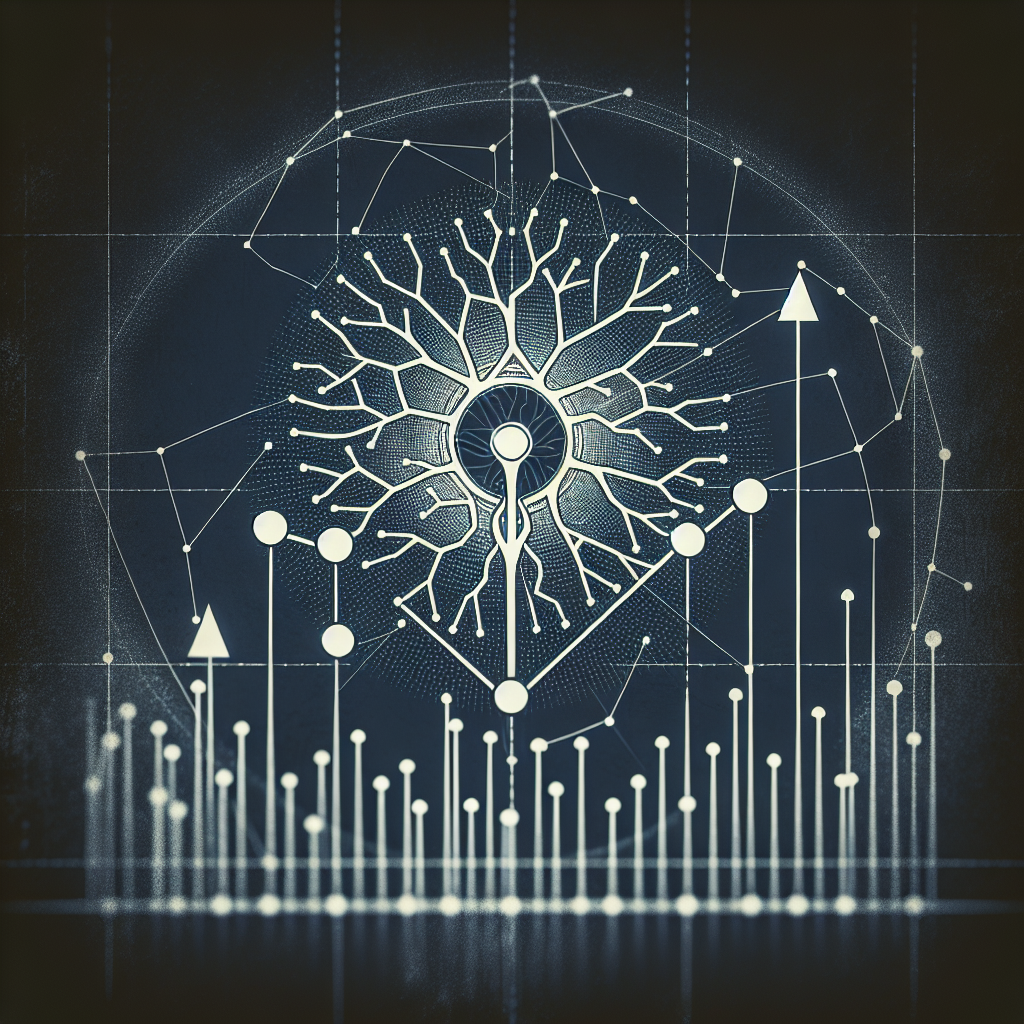Graph Neural Networks (GNNs) have been gaining a lot of attention in the field of machine learning and artificial intelligence in recent years. These networks are specifically designed to handle data that is structured as graphs, such as social networks, molecular structures, and recommendation systems. In this article, we will provide a comprehensive overview of the rise of GNNs and their applications in various domains.
Traditional neural networks, such as convolutional neural networks (CNNs) and recurrent neural networks (RNNs), are designed to handle data that is structured as grids (images) or sequences (text). However, many real-world datasets are better represented as graphs, where nodes represent entities and edges represent relationships between them. GNNs are designed to capture the structure and relationships in these graph data, making them ideal for a wide range of applications.
One of the key advantages of GNNs is their ability to leverage both node features and graph structure to make predictions. This makes them particularly useful for tasks such as node classification, link prediction, and graph classification. GNNs have been successfully applied to a variety of domains, including social network analysis, bioinformatics, and recommendation systems.
One of the earliest and most well-known GNN architectures is the Graph Convolutional Network (GCN) proposed by Kipf and Welling in 2016. GCNs have been shown to achieve state-of-the-art performance in node classification tasks on a variety of datasets. Since then, many other GNN architectures have been proposed, each with its own strengths and weaknesses.
In recent years, there has been a surge of interest in GNNs, with researchers exploring new architectures, algorithms, and applications. One of the key challenges in GNN research is scalability, as many real-world graphs are extremely large and complex. Researchers are actively working on developing efficient algorithms that can scale to handle these large graphs.
Overall, the rise of GNNs represents a significant advancement in the field of machine learning and artificial intelligence. These networks have shown great promise in handling structured data and have the potential to revolutionize a wide range of applications. As research in this area continues to grow, we can expect to see even more exciting developments in the field of graph neural networks.
#Rise #Graph #Neural #Networks #Comprehensive #Overview,gnn


Leave a Reply